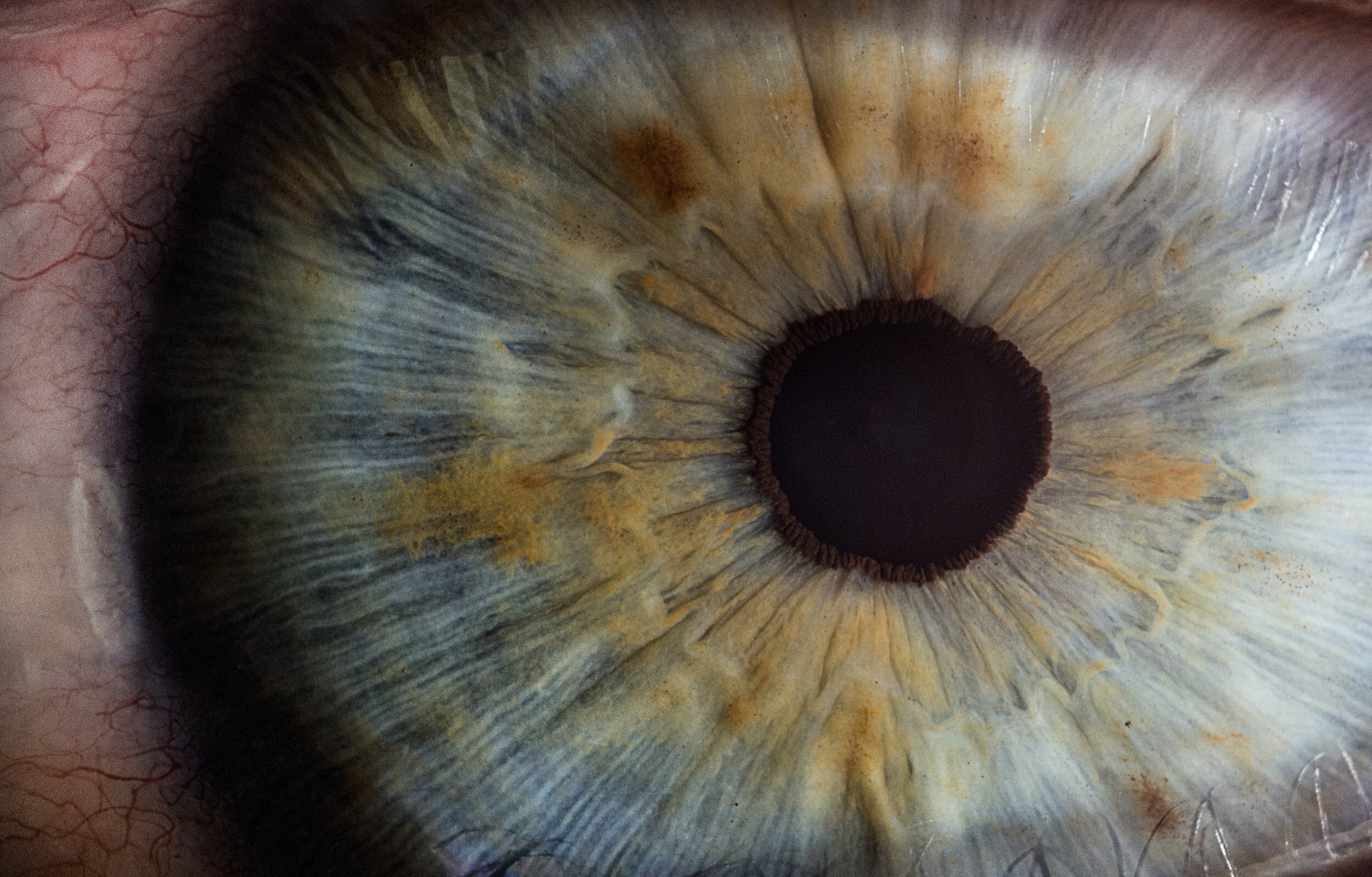Age-Related Macular Degeneration Treatment in Denver, CO
Understanding Age Related Macular Degeneration
Age-related macular degeneration (AMD) is a degenerative condition of the macula, which is the portion of the retina responsible for central vision. It is the most common cause of irreversible vision loss in the United States in those 60 or older, and its prevalence increases with age. Scientists believe that AMD is caused by the degradation of the arteries that nourish the retina. This deprives the sensitive retinal tissue of oxygen and nutrients that it needs to function and thrive. As a result, the central vision deteriorates gradually and painlessly.
No one knows the cause of AMD. Causes are likely to be genetically inherited, but environmental factors may also contribute. Macular degeneration often runs in families. Women have a higher risk of developing AMD than men. There may be a wide variety of different genes and proteins associated with dry and wet macular degeneration.
Many risk factors have been found to be associated with AMD. These include age, family history, light-skin, light-colored iris, poor nutrition, obesity, smoking, and exposure to sunlight.
What is the difference between dry and wet macular degeneration?
AMD is classified as either wet (neovascular) or dry (non-neovascular). About 10% of patients who suffer from macular degeneration have wet AMD. This type occurs when new vessels form to improve the blood supply to oxygen-deprived retinal tissue. However, the new vessels are very delicate and break easily, causing bleeding and damage to surrounding tissue. The resulting vision loss is often abrupt and rapid.
The dry type is much more common and is characterized by drusen and loss of pigment in the retina. This causes a gradual loss of vision. Drusen are yellow deposits under the retina. As the number and size of the drusen grow, your risk for developing worsening AMD grows.
What are the signs and symptoms of macular degeneration?
Loss of central vision. AMD can cause a central blind spot, sparing peripheral vision (see photograph)
In dry AMD, the loss is gradual
In wet AMD, the loss is rapid
Difficulty reading or performing tasks that require the ability to see detail
Needing more light to see
Distorted Vision
Straight lines such as a doorway or the edge of a window may appear wavy or bent
How do you detect and diagnose macular degeneration?
The detection involves checking your vision and eyes with a dilated eye exam with Dr. Pennington who can look at the retina with special lenses.
If you think you have macular degeneration, please contact us. Colorado Eye Surgeons has new technology that allows advanced viewing and diagnosis of macular degeneration. An Amsler grid is often used to see if there are any distortions like wavy lines in your vision.
How do you treat macular degeneration?
Dry AMD
With the dry form of AMD, we recommend the use of UV protective sunglasses when outside, good nutrition and diet including the use of green leafy vegetables, and vitamins meeting the requirements of the AREDS-2 Study (Age-Related Eye Disease Study). These measures can help slow down the progression. They do not cure the disease.
Wet AMD
Wet AMD is treated with injections into the eye, laser surgery, and photodynamic therapy. None of these treatments is a cure for wet AMD. Dr. Pennington has completed over 10,000 injections into the eye. With injections of anti-VEGF agents that help get rid of the abnormal blood vessels, there is a good chance that some of your lost vision is regained.
Not what you were looking for?





